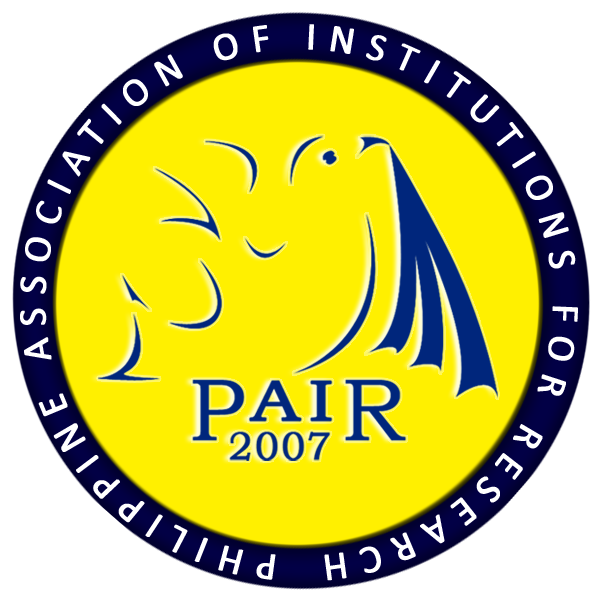Academic Reading Proficiency of Freshmen in the College of Education of DMMMSU-SLUC: Input to the Design of Instructional Modules for English 101
DOI:
https://doi.org/10.7719/jpair.v9i1.17Keywords:
academic reading strategies, proficiency test, content area reading, instructional materialsAbstract
The study described the academic reading proficiency level of incoming college freshmen which served as an input to the design of learning modules. It used a validated 50-item researchermade test and two sets of questionnaires to determine the adequacy of learning activities and the extent of utilization of academic reading strategies by content area teachers. The research found the studentrespondents unprepared for college work given the moderate academic reading proficiency index. Concerned language and content area teachers failed to provide enough learning activities and sufficient opportunity and training in the use of academic reading strategies that will enhance students' level of proficiency in content area reading. It is recommended that topics designed to develop academic reading skills of senior high school students be included in the course content in secondary schools; that English teachers provide more learning activities and experiences expected in content area reading; and that content area teachers become active reading teachers by facilitating comprehension through the use of time-tested academic reading strategies.
Downloads
References
Forgan, H. W. and C. T. Mangrum II. (1990). Teaching Content Area Reading Skills: A Modular Preservice and Inservice Program, Fourth Edition. London: Merrill Publishing Company.
Downloads
Published
Issue
Section
License
Copyright (c) 2012 Dionisio M. Uychoco

This work is licensed under a Creative Commons Attribution-NonCommercial 4.0 International License.
Open Access. This article published by JPAIR Multidisciplinary Research is licensed under a Creative Commons Attribution-Noncommercial 4.0 International (CC BY-NC 4.0). You are free to share (copy and redistribute the material in any medium or format) and adapt (remix, transform, and build upon the material). Under the following terms, you must give appropriate credit, provide a link to the license, and indicate if changes were made. You may do so in any reasonable manner, but not in any way that suggests the licensor endorses you or your use. You may not use the material for commercial purposes.




















